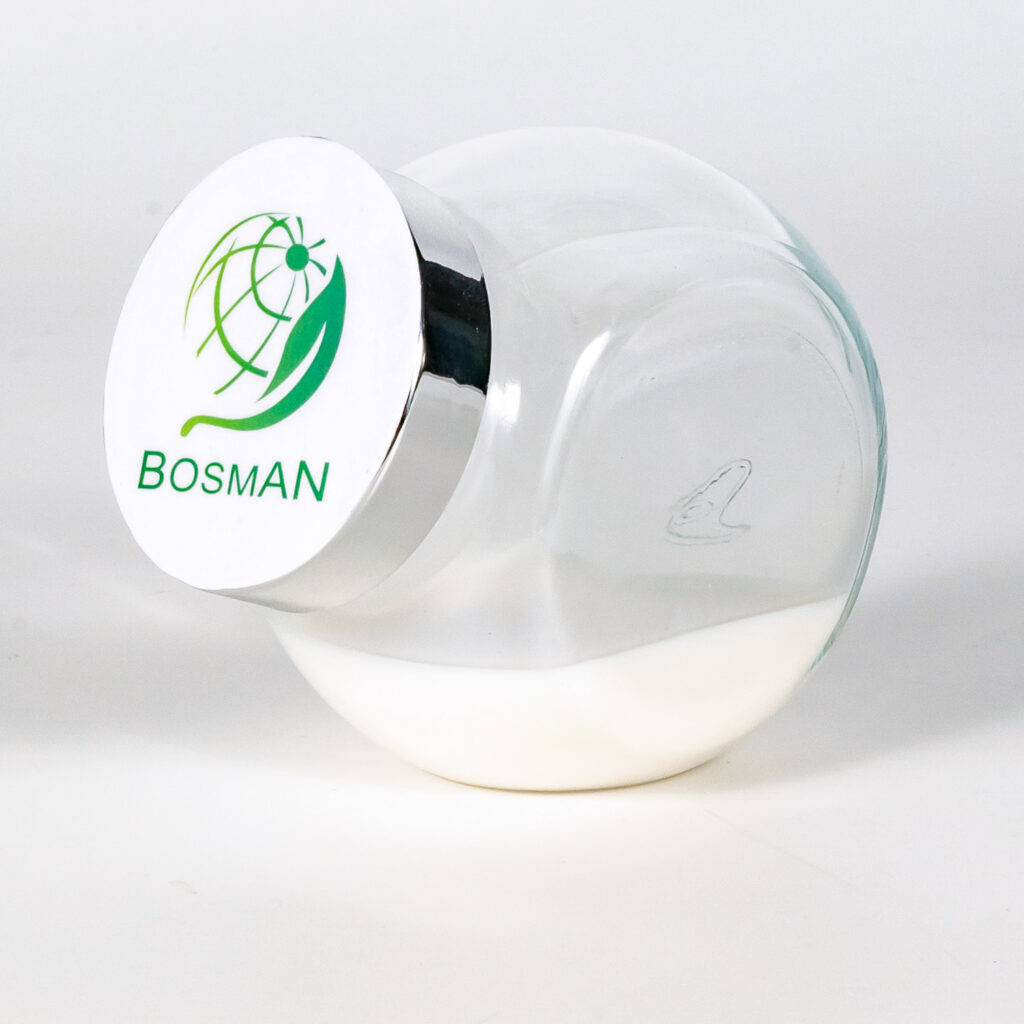In the intricate realm of dragon fruit cultivation, where the battle against fungal adversaries is relentless, the emergence of triazole fungicides stands as a beacon of advanced plant protection. Triazoles, a class of fungicides known for their systemic action and broad-spectrum efficacy, are revolutionising disease management strategies for dragon fruit plants. In this comprehensive exploration, we delve into the nuanced world of triazole fungicides, unravelling their mechanisms, benefits, and the profound impact they have on nurturing resilient dragon fruit crops.
Nurturing Dragon Fruit Health with Triazole Fungicides
Triazoles: A Fungicidal Symphony
Triazole fungicides are chemical compounds renowned for their versatility in combating a wide array of fungal infections. With a molecular structure characterized by a triazole ring, these fungicides disrupt the synthesis of ergosterol—a vital component in fungal cell membranes. This interference leads to the inhibition of fungal growth and, ultimately, the prevention of diseases that afflict dragon fruit plants.

Triazole Arsenal: Diverse Compounds and Formulations
- Tebuconazole: A triazole stalwart, tebuconazole exhibits both preventive and curative properties. Its systemic nature allows for translocation within the plant, offering a comprehensive shield against fungal invaders.
- Propiconazole: With a robust track record in agriculture, propiconazole is celebrated for its preventive action against various fungi. It inhibits the biosynthesis of ergosterol, disrupting fungal cell membranes and impeding the progression of diseases.
- Myclobutanil: Known for its protective and eradicative properties, myclobutanil is a triazole fungicide that effectively manages a spectrum of fungal diseases. Its systemic movement within the plant contributes to long-lasting control.
The Triazole Advantage in Dragon Fruit Disease Management
1. Broad-Spectrum Protection
Triazole fungicides are adept at providing broad-spectrum protection against a myriad of fungal pathogens that threaten dragon fruit plants. From anthracnose to stem rot, their efficacy spans a comprehensive spectrum, making them invaluable in integrated disease management programs.
2. Systemic Action for Deep Defense
One of the distinguishing features of triazole fungicides is their systemic nature. Upon application, they penetrate plant tissues and translocate to various parts, forming a robust defense against infections not only on the surface but within the plant’s cellular framework. This systemic action ensures a thorough and deep defense mechanism.
3. Curative and Preventive Powers
Triazole fungicides exhibit both curative and preventive powers, making them versatile tools in disease management. Their ability to halt the progression of existing infections while offering a preemptive shield against potential threats contributes to their effectiveness in sustaining dragon fruit health.
Best Practices for Triazole Fungicide Application
Ensuring optimal results from triazole fungicides requires adherence to best practices in application:

- Timing is Crucial: Apply triazole fungicides preventatively during periods of heightened disease risk or at the first signs of symptoms. Early intervention is key to maximizing their curative potential.
- Dosage Precision: Adhere to recommended dosage rates to achieve the desired level of disease control. Precision in application ensures efficacy while minimizing the risk of resistance development.
- Proper Coverage: Ensure thorough coverage of dragon fruit plant surfaces, including leaves, stems, and fruits. Comprehensive coverage enhances the fungicide’s effectiveness and contributes to an impenetrable shield.
- Rotation Strategy: Implement a rotation strategy with other classes of fungicides to mitigate the risk of resistance development. This strategic approach preserves the long-term efficacy of triazole fungicides.
Triazoles and Resistance Management
While triazole fungicides are potent weapons against fungal diseases, a cautious approach is necessary to manage the risk of resistance. The continuous and exclusive use of triazoles can lead to the development of resistant strains of fungi. Therefore, integrating them into a diversified disease management plan, alongside other fungicide classes and cultural practices, is paramount for sustainable and effective resistance management.

Innovations on the Horizon: Next-Generation Triazoles
The landscape of agricultural science is dynamic, with ongoing research and innovations shaping the future of triazole fungicides. From enhanced formulations to improved delivery systems, researchers are exploring avenues to elevate the efficacy, sustainability, and environmental compatibility of triazoles. The next generation of triazole fungicides holds promise for addressing emerging challenges and further fortifying dragon fruit crops against evolving fungal threats.
Conclusion: Triazole Triumph in Dragon Fruit Cultivation
In conclusion, the integration of triazole fungicides into disease management protocols represents a triumph in the quest for resilient and thriving dragon fruit crops. Their systemic action, broad-spectrum efficacy, and versatility make triazoles indispensable in the arsenal against fungal adversaries. As growers navigate the evolving landscape of agriculture, the judicious use of triazole fungicides ensures not only the health of dragon fruit plants but also the sustainability of orchards, fostering a future where these exotic fruits flourish with vitality and vigor.
